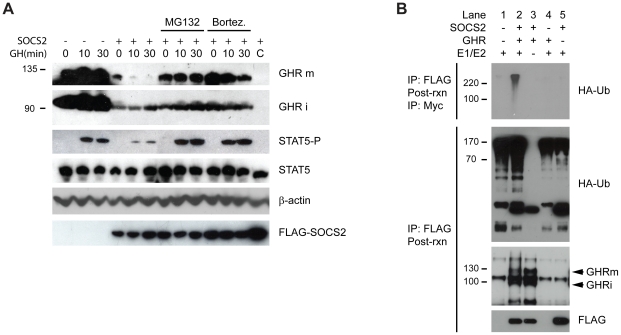Figure 5. SOCS2 targets the GHR for proteasomal degradation.
(A) Cells were transfected with GHR and Elongin B/C alone or in concert with FLAG-SOCS2. C denotes the control which was transfected with FLAG-SOCS2 and Elongin B/C. Cells were starved for 2 hours then treated with the indicated proteasomal inhibitors for 2 hours (20 µM MG132 or 5 nM Bortezomib (Bortez.)) followed by GH treatment as indicated. Cells were subsequently lysed as described in the Materials and Methods and lysates were visualized by western blot. GHR was detected with an anti-Myc antibody. (B) SOCS2 ubiquitinates the GHR in vitro. Cells were transfected with Elongin B/C and either Empty vector (Lane 1), FLAG-SOCS2 (Lane 5), GHR (Lane 4) or both (Lane 2 and 3). Cells were starved, treated with 5 nM Bortezomib for 2 hours and GH for 10 min followed by lysis. After lysis FLAG-tagged SOCS2 and proteins binding to it were immunoprecipitated with FLAG beads. In vitro Ub reaction was performed with E1/E2 (All except lane 3), ATP-system, Ub-aldehyde, HA-Ub and normal Ub in 100 µl. After the reaction proteins were eluted from the beads with a FLAG-peptide (100 µg/ml) and immunoprecipitated a scond time with α-Myc Ab. After IP, samples were boiled and visualized by western blot. GHR was detected with an anti-GHR antibody. Top three panels: samples post reaction. Bottom panel: samples after second IP.

